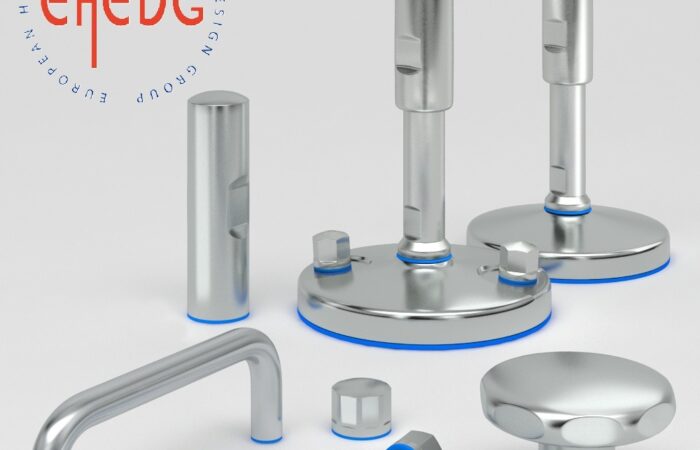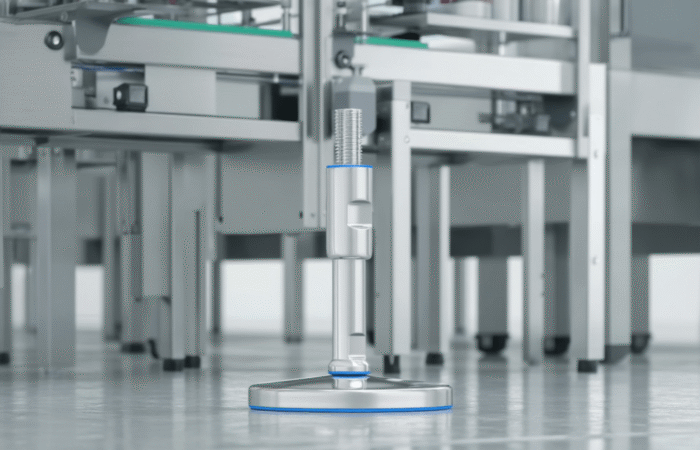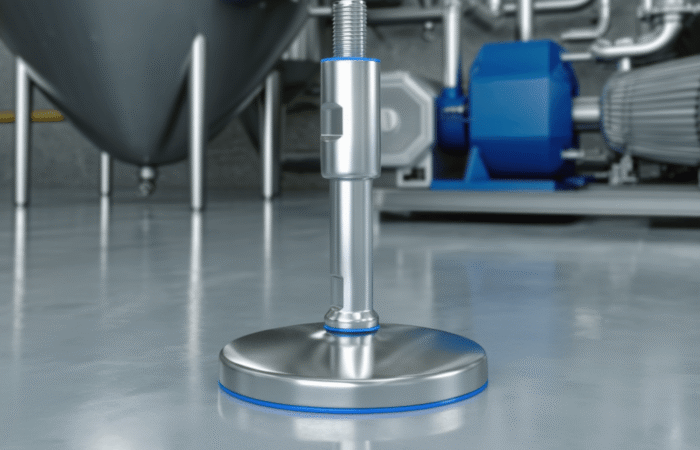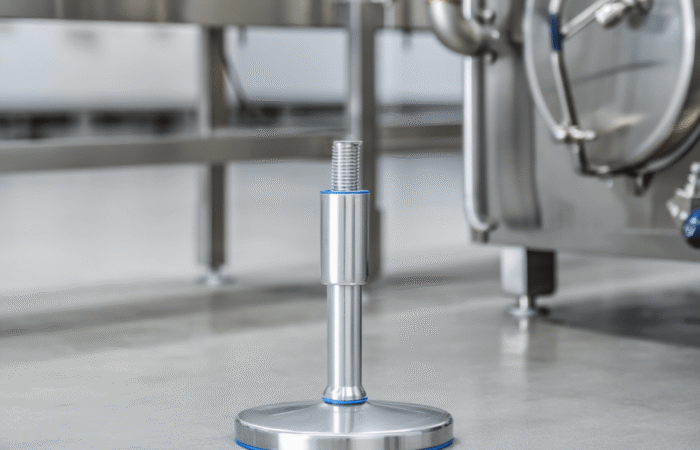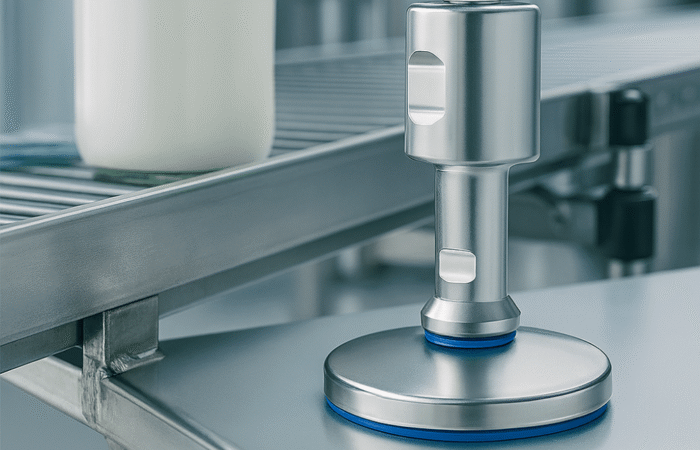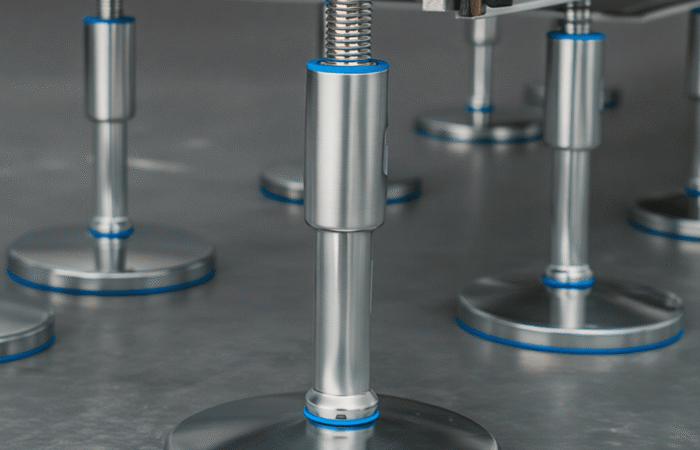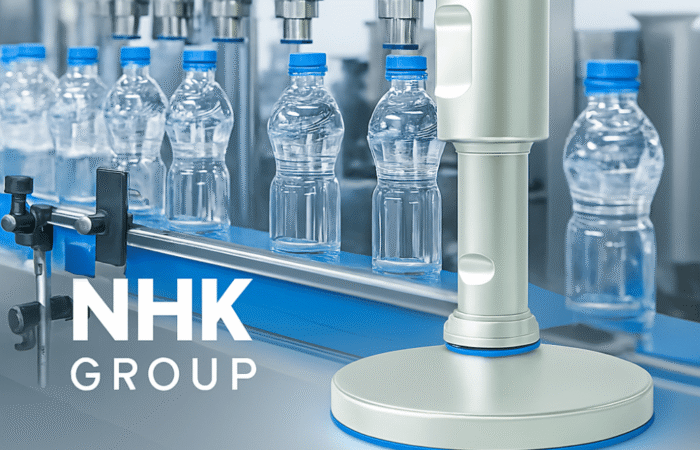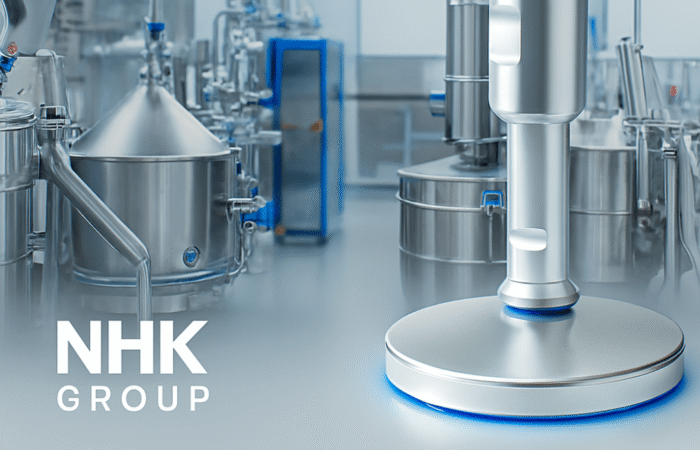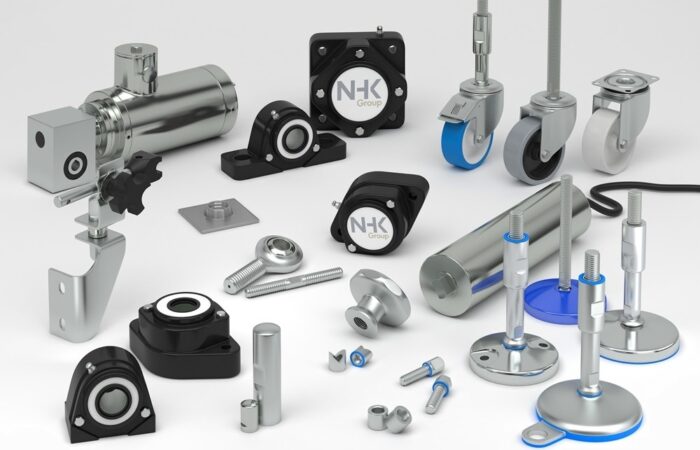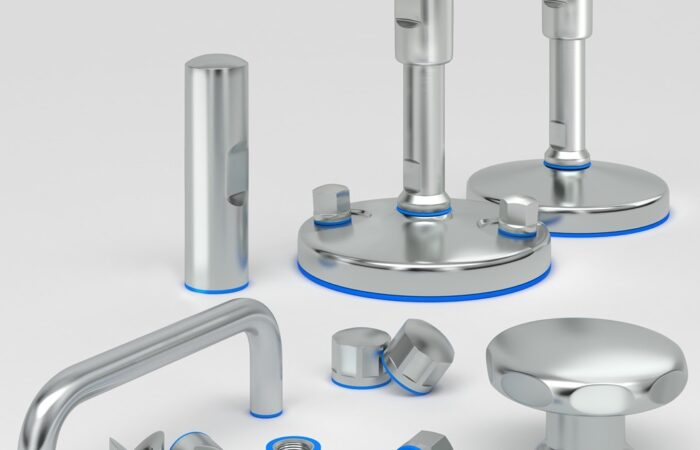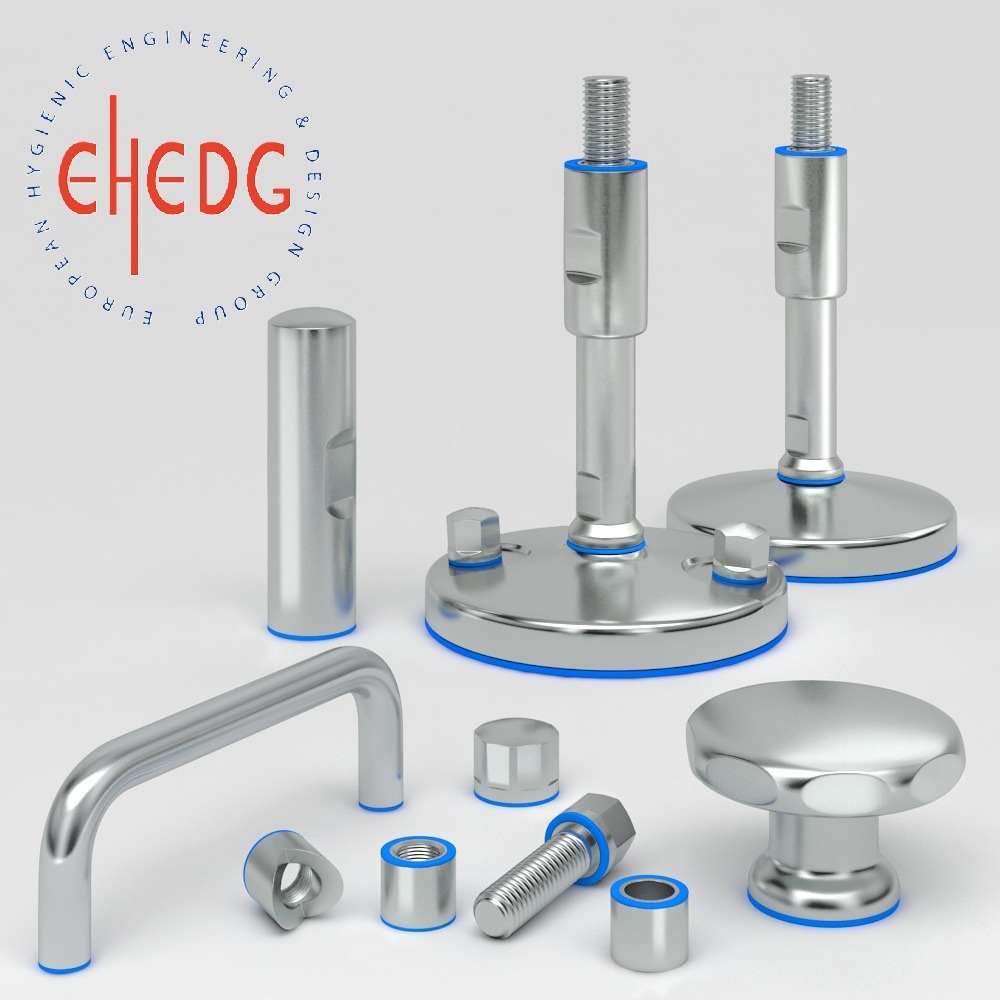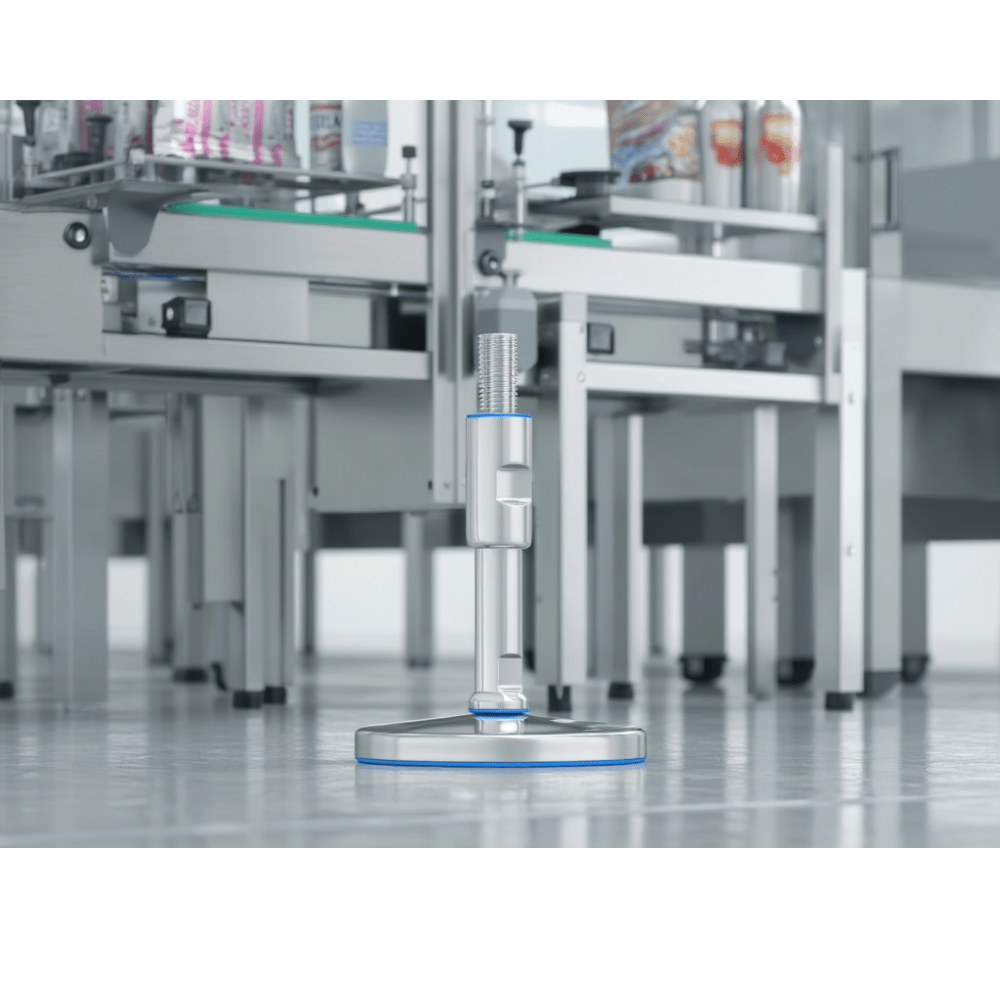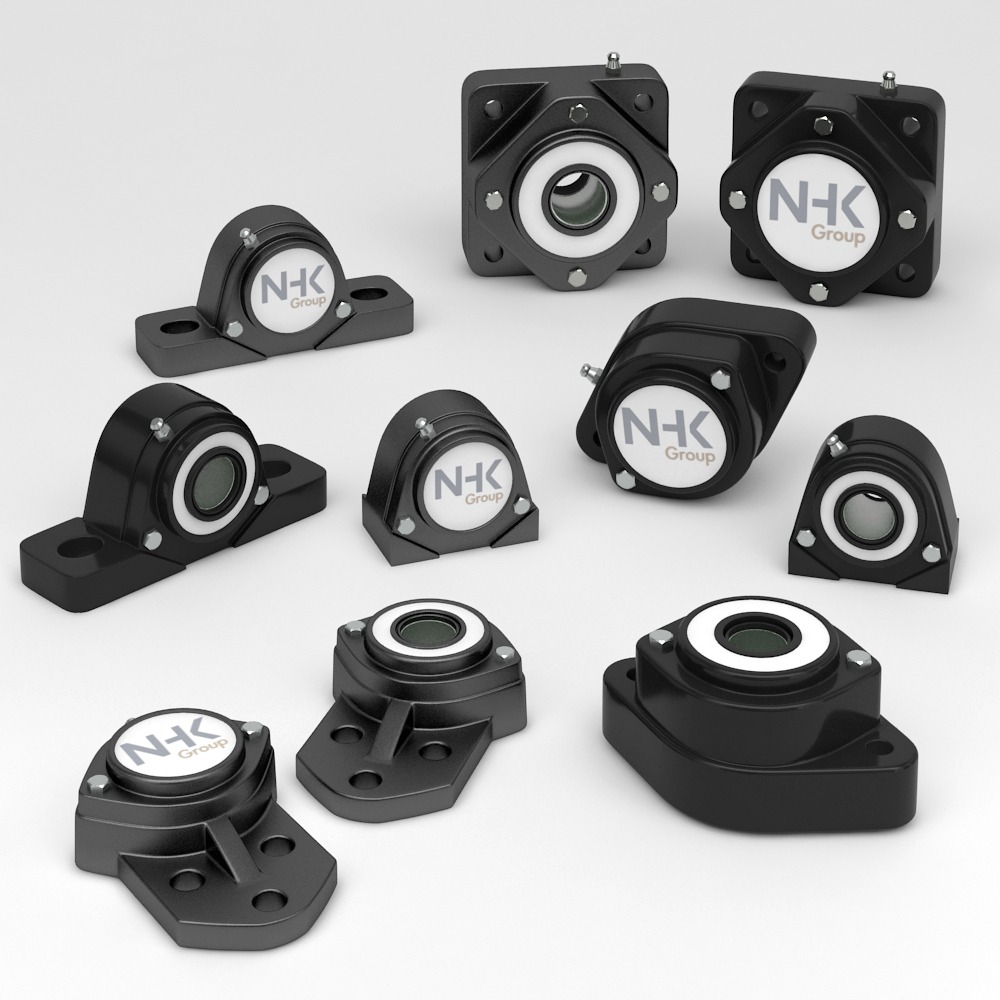
What Do IP Ratings Mean? A Comprehensive Guide
IP ratings, or Ingress Protection ratings, are a standardized system used to define the degree of protection provided by enclosures against dust, water, and accidental contact. Found on everything from smartphones to industrial equipment, these ratings play a vital role in determining the durability and safety of a product in specific environments. This guide will break down the structure of IP ratings, their importance across industries, and how to choose the right IP-rated product for your needs. The term “IP” stands for Ingress Protection. It is a globally recognized standard, outlined by the International Electrotechnical Commission (IEC), that classifies the level of protection an enclosure offers against external factors like dust and water. An IP rating is typically composed of two numbers: For example, an IP67 rating means: The first digit in an IP rating ranges from 0 to 6, where: The second digit ranges from 0 to 9, indicating resistance to water: IP ratings help consumers and industries choose products that can withstand specific environmental conditions, preventing premature damage. By ensuring protection against dust and water, IP-rated devices reduce the risk of electrical short circuits and accidents. Industries like food processing, pharmaceuticals, and transportation often require specific IP-rated equipment to meet hygiene and safety standards. Identify the potential exposure to dust, water, or other environmental factors. For example: Industries like food processing and pharmaceuticals often mandate IP69K-rated components to meet strict hygiene and cleaning requirements. Higher IP ratings often come at a premium. Evaluate whether the additional protection is necessary for your application. Yes, IP ratings are recognized globally, providing a consistent standard for evaluating enclosure protection. Manufacturers may redesign or enhance enclosures to achieve higher IP ratings, but the rating must be retested and certified. Not necessarily. Some products may claim water resistance without formal IP certification. Always check for verified ratings for reliable protection. Understanding IP ratings is essential for choosing devices and equipment that meet your needs and withstand environmental challenges. From consumer electronics to heavy-duty industrial components, these ratings offer a clear measure of durability and safety. Whether you’re looking for a smartphone that can survive a splash or industrial machinery designed for harsh environments, IP ratings provide the transparency and reliability you need. By selecting the appropriate IP rating, you ensure not only the longevity of your product but also compliance with industry standards and safety regulations.What Do IP Ratings Mean?
Get our catalogue here
See our product line here
Understanding the Basics of IP Ratings
What Does “IP” Stand For?
How Are IP Ratings Structured?
Decoding the Numbers in IP Ratings
Protection Against Solids (First Digit)
Protection Against Liquids (Second Digit)
Common IP Ratings and Their Applications
IP44: Basic Protection
IP67: High-Level Protection
IP69K: Extreme Protection
Why Are IP Ratings Important?
Ensuring Durability and Longevity
Enhancing Safety
Regulatory Compliance
How to Choose the Right IP Rating?
Assess Your Environment
Consider Industry Standards
Think About Cost vs. Need
Frequently Asked Questions About IP Ratings
Are IP Ratings Universal?
Can IP Ratings Be Improved Over Time?
Are All Waterproof Devices IP-Rated?
Mastering IP Ratings: The Key to Durable and Reliable Devices in Any Environment
Choose wisely and let IP ratings guide you to the perfect solution for your needs!
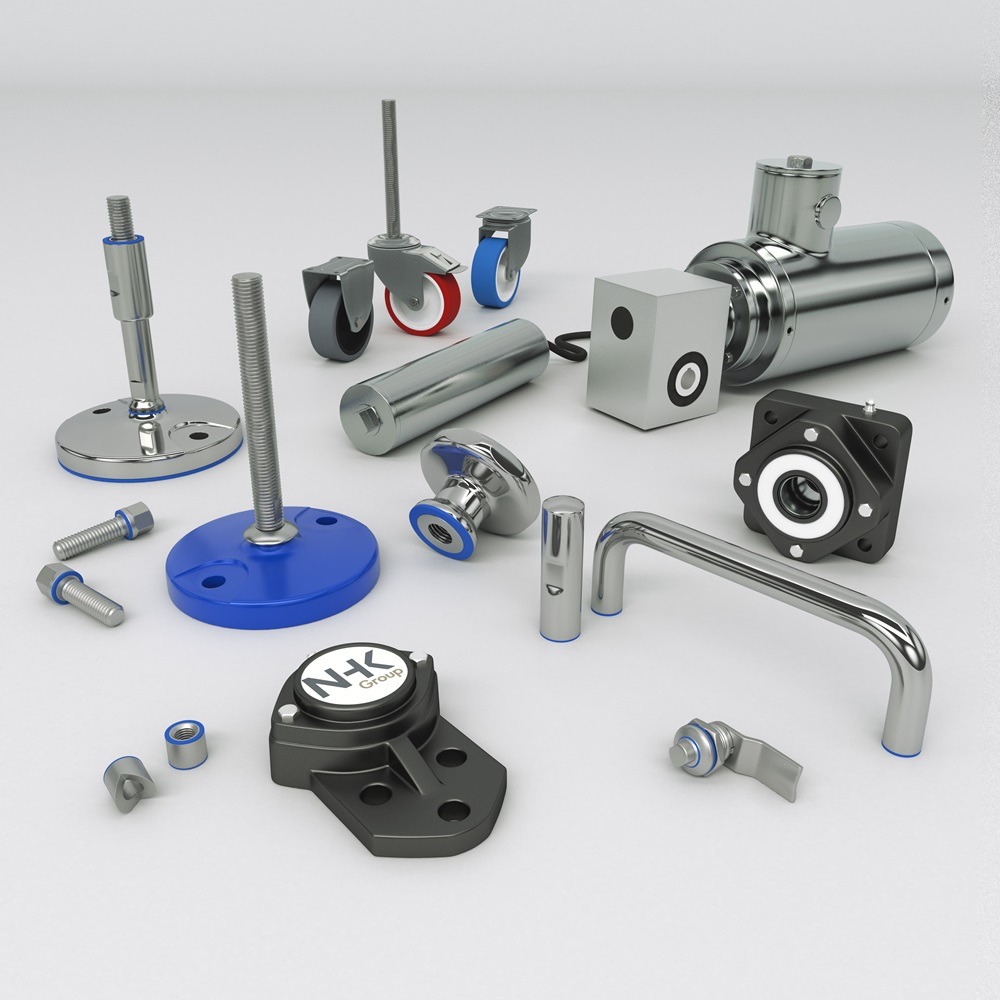

Contact
